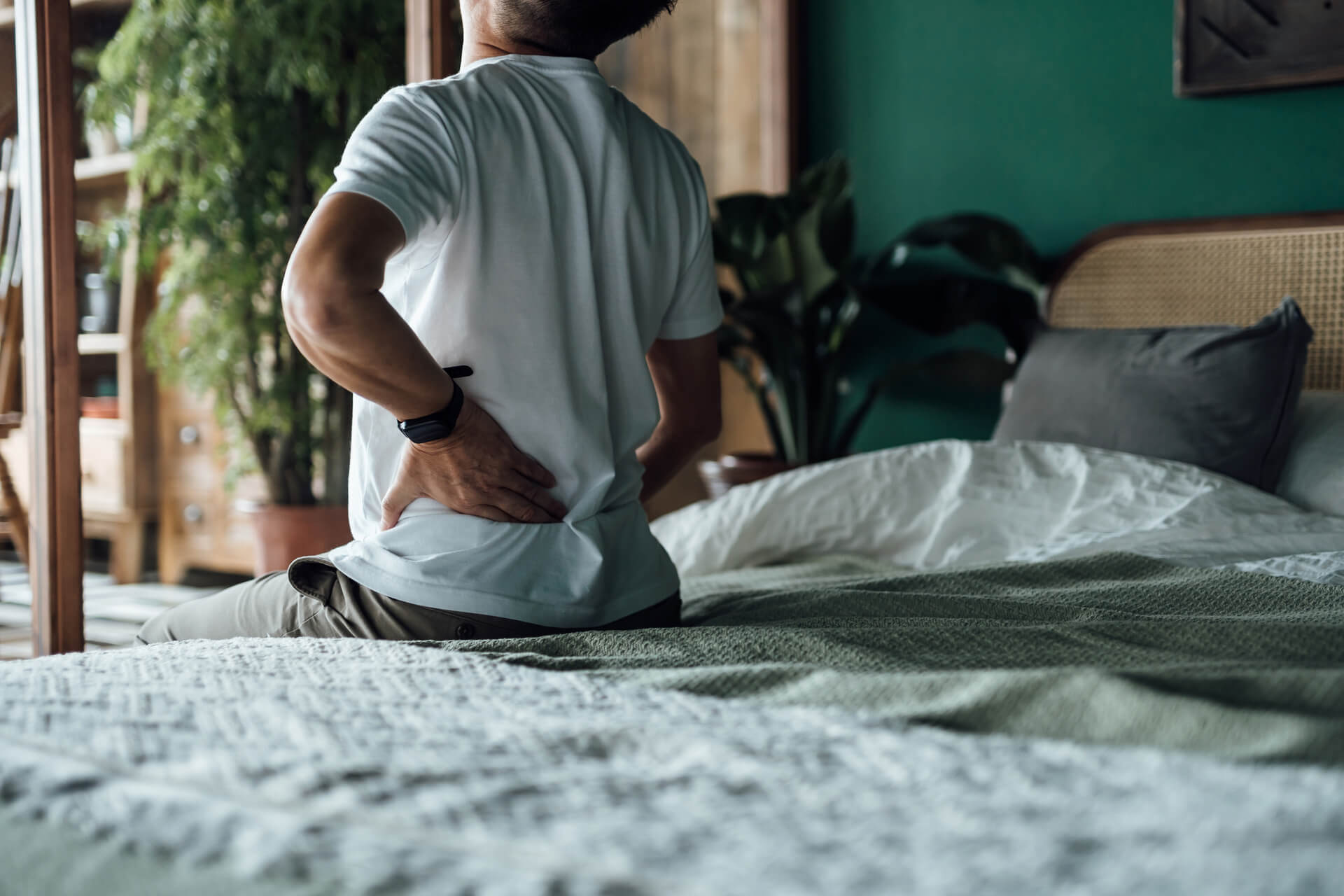We see a very common pattern develop in many patients with persistent or chronic pain.
Quite often people think they should be able to do particular activities, such as housework, gardening, home maintenance or sitting at a computer, and push themselves to do things, despite it causing significant increases in their pain.
This in turn, may cause a flare-u” for one or several days, requiring them to lie low and rest a lot more and avoid even more activities.
This leads to frustration and gradually less and less tolerance to certain activities. This is called the ‘boom and bust’ cycle.
We see it very frequently!
Even though sitting is passive, it is an activity that commonly aggravates back and neck pain.
By breaking up sitting times on a regular basis, and walking or standing for periods in between, (some people have sit-stand desks at their workplace specifically to do this), people are able to gradually improve their tolerance to sitting.
This is called PACING. If you use a timer (most people’s mobile phones have timers and so do computers) to remind you to move out of the chair, BEFORE your pain increases, you will get better results!
PACING is an essential tool for managing chronic or persistent pain. PACING is breaking up activities into smaller chunks and doing something different or resting before returning to it.
For example, a lot of people find that driving aggravates their back pain.
We have patients that travel with a yoga mat in their car and stop and do stretching exercises in a park or roadside rest area to break up their driving.
Others will go for a short walk – BEFORE their pain increases – THIS IS THE KEY- they have worked out by measuring on several occasions or with experience what that time period is.
A general rule though, is to start low and gradually increase.
You can break up activities with exercises
Many people tend to push through pain before they change what they are doing. Peter had severe back and leg pain after a lifting injury.
Sitting and bending increased his pain, and walking and lying down, reduced his pain.
By pacing his sitting, i.e. setting a timer for 10 minutes then getting up and moving around and also lying down for short periods (lying down all day isn’t good, but short periods of resting can be very helpful) and several short walks through the day, he was able to gradually reduce his symptoms by about 50% in 2 weeks and gradually increase his ability to sit and to bend.
Pacing is also about breaking up activities such as housework.
Instead of bustling around for 3 hours, spreading different chores over 3 days can prevent flare-ups.
Also doing 3 smaller shopping trips in a week rather than one large shop is another example of pacing.
Taking lots of shopping bags and asking for them to be half filled and carrying in less at a time from your car and making more trips, is a way of pacing.
Take a break between chores or do them on a different day
Jean enjoyed cooking a meal for her extended family once a week, however all the standing involved with shopping, food preparation and cleaning up on that day meant that her back and leg pain was far worse by the time her family arrived for dinner – not an ideal situation!
By pacing, i.e. shopping 2 days beforehand, cleaning and doing some food preparation the day before, and having the time to lie down for several short periods on the day, made life a lot better and allowed her to enjoy the company of her family when they arrived!

